41 how to read food labels carbohydrates
Reading Food Labels for Carbohydrates - dummies Food labels are a fabulous resource for finding out how many carbohydrates are in your foods. You can use these labels to compare the carbohydrate content of different products and track the amount of carbohydrate you eat. Reading food labels is a vital skill for anyone who counts carbohydrates. To find the amount of carbohydrates in your foods ... How to Use the Nutrition Facts Label - Diet Doctor Check the grams of sugar on the nutrition facts label (circled in pink). You'll find this under the total carbohydrate grams, right after the fiber. The "sugars" number includes both naturally occurring sugars (like the fructose found in lemon juice) and added sugars (like the sugar or corn syrup added to some salad dressings).
How to Read Carbohydrates on Nutrition Labels The top carbohydrates row is the total amount of carbs present. Made up of all the sugars, dietary fibre and starch, which is the remaining amount after the sugar and fibre. So in the above muesli label we have 51.8g of carbs per 100g. 12.7g is sugar 7.9g is fibre Which means that 31.2g is starch (51.8 - 12.7 - 7.9)

How to read food labels carbohydrates
This Is How to Read a Nutrition Facts Label on the Keto Diet The Basics of Reading Food Labels: How to Read a Label in 5 Steps (For Any Diet) To make healthy food choices, stick to these five steps. Step #1: Check the Serving Size. Always start by looking at its serving size. This will ensure that you're calculating nutrition based on the amount of food you're actually consuming. How to Read a Food Label to Make Sure It's Keto in 3 Easy ... Subtract Dietary Fiber and Sugar Alcohols (if any) from the Total Carbohydrate. *Total Carbohydrate minus Dietary Fiber, minus Sugar Alcohol (if any) = Net Carbs Total Carbohydrate ( 4 grams) - Dietary Fiber ( 1 gram) = 3 gram s Net Carbs The Total Carbs for ⅔ cup of this packaged cauliflower is 4 grams, and the Net Carb is 3 grams. Why the 2 camps Reading food labels: Tips if you have diabetes - Mayo Clinic Sugar-free foods may play a role in your diabetes diet, but remember that it's equally important to consider carbohydrates as well. A sugar-free label means that one serving has less than 0.5 grams of sugar. When you're choosing between standard products and their sugar-free counterparts, compare the food labels.
How to read food labels carbohydrates. Carb vs. Sugar: How to Understand Nutrition Labels Carbohydrates are actually comprised of three nutrients: carbohydrates, fiber, and sugar. You may, and will see, foods that are very low in "sugar" but high in carbohydrate. Example 1 Let's look at a popular unflavored old fashioned oats label. Here we see that the total sugar is 1 gram. Looks great right? This item is practically sugar free! How To Read Food and Beverage Labels | National Institute ... How to read the Nutrition Facts label. The U.S. Food and Drug Administration (FDA) requires a Nutrition Facts label on most packaged foods and beverages. At the top of the Nutrition Facts label, you will find the total number of servings in the container and the food or beverage's serving size. How to Read Nutrition Labels - Diabetes Strong The %DV refers to the FDA guidelines for daily calorie consumption. Since they have to generalize, they have chosen 2,000 calories as the DV baseline, which consist of 50g protein, 65g fat, 20g saturated fat, 300g carbohydrates, and 25g fibers. If you have read any of my posts about nutrition, you will know I don't really follow the FDA ... PDF How to Read the Food Label Total carbohydrate Carbohydrates are in bread, pasta, rice, cereal, fruit, potatoes, starchy vegetables, and sweets. If you have diabetes, pay attention to total carb grams per serving, not just the sugar grams. Dietary fiber Fiber is in whole grains, vegetables, and fruits. It's important to eat plenty of these foods.
How to Understand and Use the Nutrition Facts Label | FDA For certain products that are larger than a single serving but that could be consumed in one sitting or multiple sittings, manufacturers will have to provide "dual column" labels to indicate the... Reading Food Labels | ADA - American Diabetes Association The Nutrition Facts labels on foods are really the key to making the best choices. We'll cover the basics so that these labels make shopping easier for you. Get started Understanding Carbs You've heard it all. From carb-free to low-carb, to whole and empty carbs, it's hard to know what it all means. Learn more Food & Blood Sugar Food labels - NHS Nutrition labels on the back or side of packaging. Nutrition labels are often displayed as a panel or grid on the back or side of packaging. This type of label includes information on energy (kJ/kcal), fat, saturates (saturated fat), carbohydrate, sugars, protein and salt. How to read food labels: MedlinePlus Medical Encyclopedia This number helps determine how foods affect your weight. The total carbs (carbohydrates) are listed in bold letters to stand out and are measured in grams (g). Sugar, starch, and dietary fiber make up the total carbs on the label. Sugar is listed separately. All of these carbs except fiber can raise your blood sugar.
How To Read Nutrition Labels (Like a Pro) - Ditch The Carbs Firstly you need to understand the difference between total and net carbs. TOTAL CARBS = sugars + starches +fibre NET CARBS = total carbs - fibre Carbohydrates will be on the nutrition label are often broken down into carbohydrates, sugars, starch, and fiber. However, each brand may display its nutritional contents differently. Low Carb Guide to Understanding Nutrition Labels According to labeling laws in the U.S., if a food contains less than 0.5g of trans fat per serving, the label can say 0g, so be sure to read the list of ingredients. You can spot trans fats by the words "hydrogenated" or "partially hydrogenated" with oils. Sugar-free or Low-carb: Don't be fooled by clever packaging and slick marketing. PDF Read the Food Label for Carbohydrates Read the Food Label for Carbohydrates Food labels help you choose foods that are lower in calories and in carbohydrates and sweeteners. Here is a food label for a 12-ounce regular soda. The label provides lots of useful information. 1. Serving Size and Number of Servings The serving size is 12 ounces. There's 1 serving in this container. 2. How to Calculate Net Carbs & Read Nutrition Labels How to Calculate Net Carbs & Read Nutrition Labels When skimming nutrition labels, a low-carb or keto diet might sound daunting. It may seem impossible to get by on 20-50 grams of carbs, but it's important to remember any references to carbs refers to net carbs not total carbs.

Read food labels – Step 3: Check the Ingredient List for Sugars, Refined Carbohydrates, and ...
How to Read Carbohydrates on Food Labels - GlycoLeap Nov 30, 2018 · When learning how to read carbohydrates on food labels, always remember that 1 serving of carbohydrate is equal to 15 g of carbohydrates. If you want to have a snack, it is recommended to eat no more than 1 to 2 servings of carbohydrates in one sitting. That would be around 15 to 30 g of carbohydrates. Snack = 15 – 30 g of carbohydrate
How To Figure Out The Carbs On Nutrition Labels - Eat Out ... You might see mannitol, sorbitol, xylitol, erythritol, and others on the ingredients label. If the package says the product is "sugar-free" or has "no sugar added" it must list the sugar alcohols in the ingredients. If more than one type of sugar alcohol is listed, there must be a line for sugar alcohol grams on the nutrition label.
Reading Food Labels (for Parents) - Nemours To make healthy, informed food choices, learn how to read the nutrition facts label and understand food label claims. Food Label Claims. Manufacturers often make claims about the healthfulness of a food on the front of a package. These claims must meet FDA standards. Some common food claims:
How do you read net carbs on labels ... When you read food labels, the grams of sugar are already included in the total carbohydrate amount, so you do not need to count this sugar amount separately. On a nutrition food label, the total carbohydrate includes the sugar.
How to Read Food Labels | Your Low Carb Hub The below label shows there are 4.3g of carbs in a 15ml serving size which is equivalent to one tablespoon. 3.4g of this is sugar. There is 22.7g of sugar in 100ml, that's 5.6 teaspoons of sugar. The World Health Organisation (WHO) recommends no more than 5-10 teaspoons of added sugar in an entire day. Be aware of hidden sugars.
Reading labels | Diabetes UK Always look at the 'total carbohydrate' on the label when carb counting. This will make sure you are counting both the complex (starchy) and simple (sugary) carbs in your food. Both will raise your blood glucose (blood sugar) levels, and need to be matched with insulin.
Food Labels | CDC Check the Serving size first. All the numbers on this label are for a 2/3-cup serving. This package has 8 servings. If you eat the whole thing, you are eating 8 times the amount of calories, carbs, fat, etc., shown on the label. Total Carbohydrate shows you types of carbs in the food, including sugar and fiber.
Learning To Read Labels :: Diabetes Education Online On a nutrition food label, subtract the fiber from the total carbohydrate amount. When you read food labels, the grams of sugar are already included in the total carbohydrate amount, so you do not need to count this sugar amount separately. The grams of sugar listed include both natural sugars, from fruit or milk, and added sugars.
How to Read a Food Label | Atkins Here's what you should be aware of on a nutrition label: Serving size (if you have more than one serving, be sure to add in the carbs) Total carbohydrates expressed in grams Amount of dietary fiber expressed in grams (subtract from total number of carbs to get the net carb count) Sugars expressed in grams
Reading food labels: Tips if you have diabetes - Mayo Clinic Sugar-free foods may play a role in your diabetes diet, but remember that it's equally important to consider carbohydrates as well. A sugar-free label means that one serving has less than 0.5 grams of sugar. When you're choosing between standard products and their sugar-free counterparts, compare the food labels.
How to Read a Food Label to Make Sure It's Keto in 3 Easy ... Subtract Dietary Fiber and Sugar Alcohols (if any) from the Total Carbohydrate. *Total Carbohydrate minus Dietary Fiber, minus Sugar Alcohol (if any) = Net Carbs Total Carbohydrate ( 4 grams) - Dietary Fiber ( 1 gram) = 3 gram s Net Carbs The Total Carbs for ⅔ cup of this packaged cauliflower is 4 grams, and the Net Carb is 3 grams. Why the 2 camps

Read food labels – Step 3: Check the ingredient list for sugars, refined carbohydrates, and ...
This Is How to Read a Nutrition Facts Label on the Keto Diet The Basics of Reading Food Labels: How to Read a Label in 5 Steps (For Any Diet) To make healthy food choices, stick to these five steps. Step #1: Check the Serving Size. Always start by looking at its serving size. This will ensure that you're calculating nutrition based on the amount of food you're actually consuming.


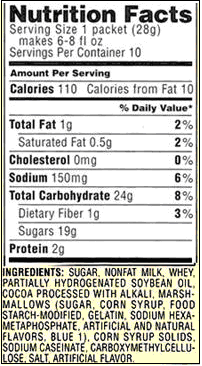
:max_bytes(150000):strip_icc()/Untitled-design-2--57535bc15f9b5892e8c65c9c.jpg)
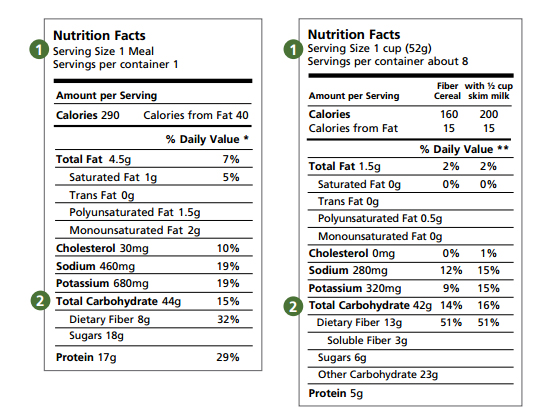
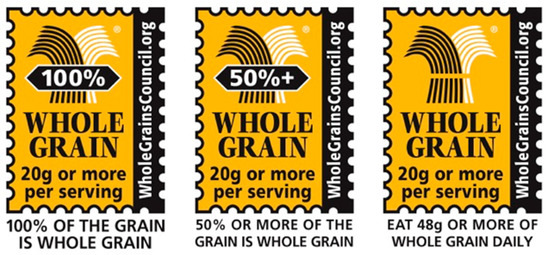
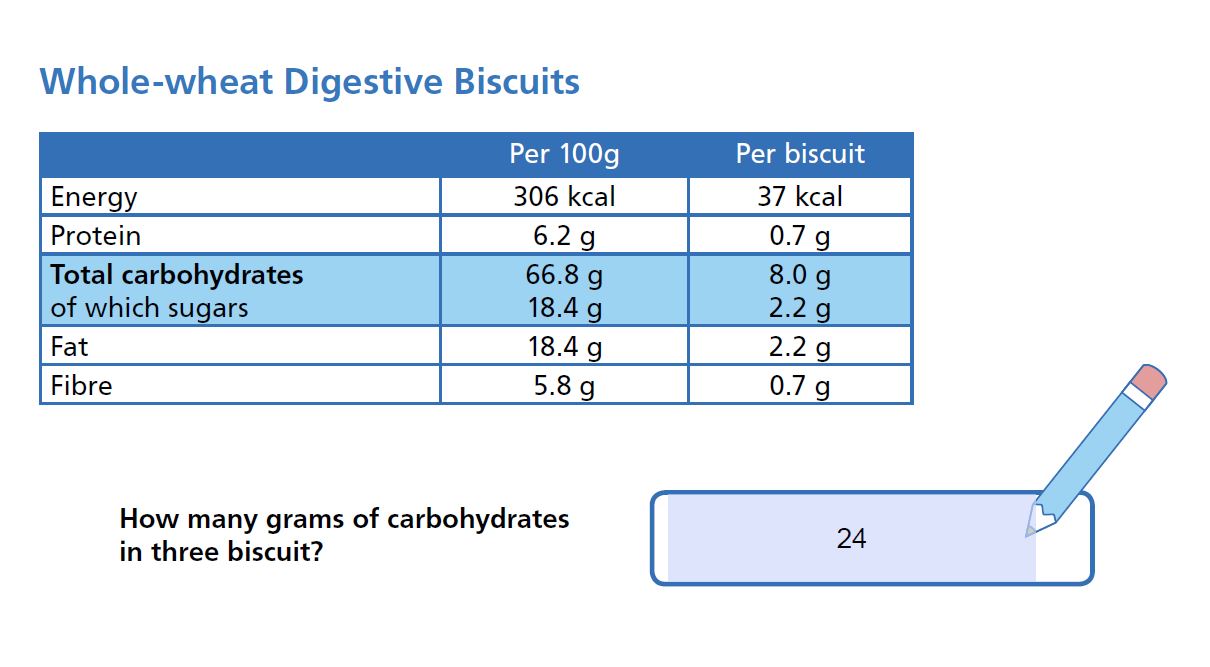
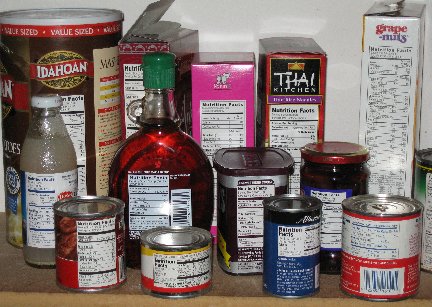
Post a Comment for "41 how to read food labels carbohydrates"